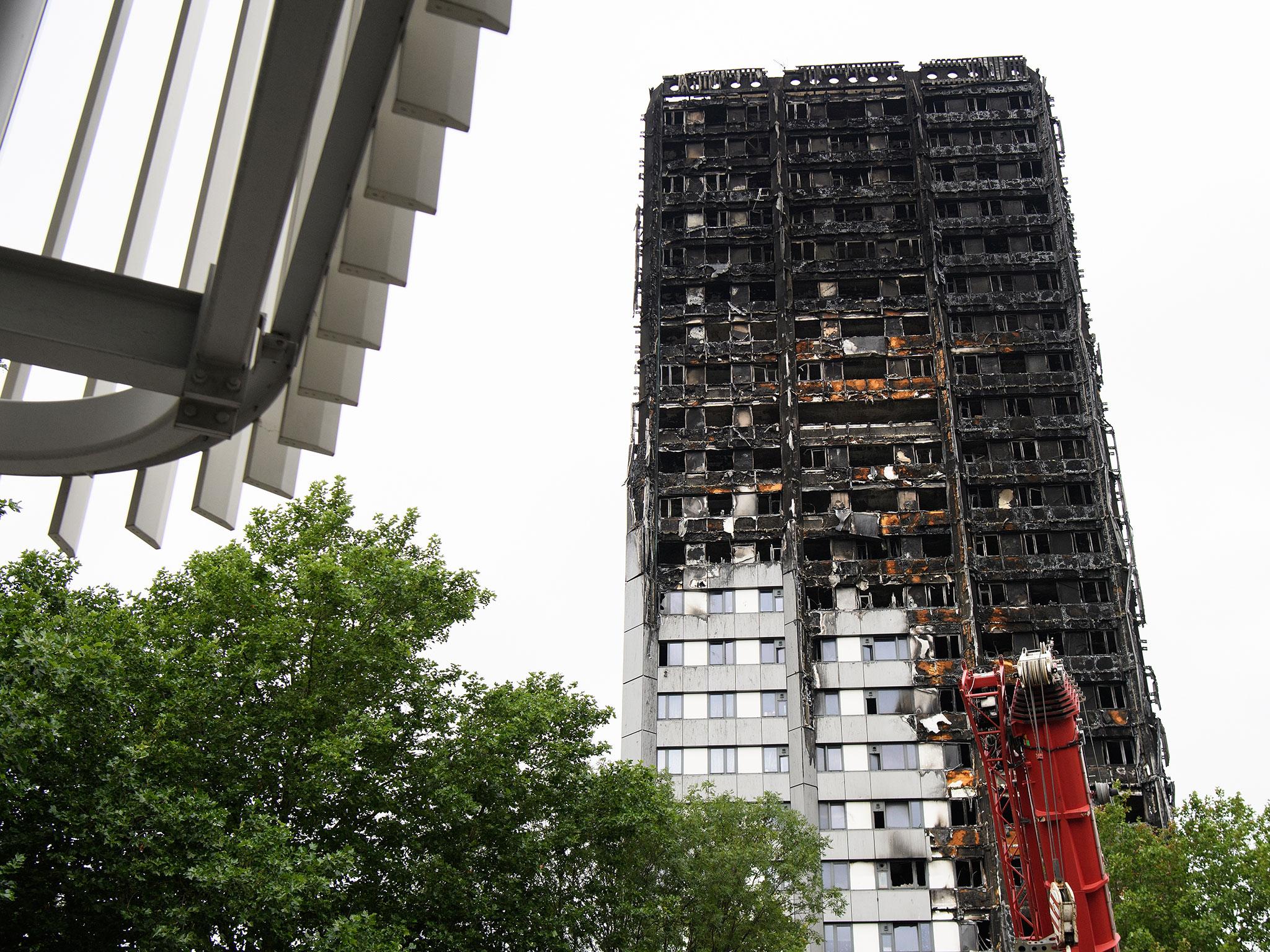Hundreds of tower blocks have fire safety risks, reveal inspections in wake of Grenfell
Holes in walls, faulty fire doors, exposed pipes and faulty ventilation among hazards found

Hundreds of tower blocks across England have fire safety flaws including broken fire doors and holes which could help blazes to spread and engulf them, figures have revealed.
An investigation by Inside Housing of fire risk assessments (FRAs) at 436 social housing blocks revealed nearly a third (268) had fire doors which were damaged, unable to close properly or of an otherwise inadequate standard.
Fire safety at high-rise buildings has been thrust into the spotlight after at least 80 people died, many as they tried to escape, from the 24-storey Grenfell Tower last month.
The trade magazine found 71 blocks had been identified as suffering from a lack or deficiency of emergency lighting in stairwells or communal areas, which could hamper the escape of tenants.
At 73 buildings, residents were either offered no safety information for fires or it was unclear or incorrect, the investigation found.
FRAs from the blocks were obtained under the Freedom of Information Act from 36 councils or arms-length management organisations and seven housing associations, dated between 2012 and July 2017 - meaning some issues could have since been resolved.
There are around 4,000 tower blocks across England, at which there is no legal requirement for those managing the buildings to carry out the fire-safety assessments within a specific time-frame.
Fire experts, however, recommend annual checks.
Holes in the walls of service rooms were found at 109 high-rises by the FRAs, opening up the possibility that fire and smoke could pass through them and fill corridors in the event of fire.
Similarly, 54 were identified as having faulty or broken ventilation, which would be used to clear the hallways of smoke, and 44 had exposed pipes or hanging electric cables.
The overall fire risk at the towers could still be higher than FRAs portray, as many were said to be “type 1” assessments, meaning they did not examine the state of flats themselves or cladding and insulation on their exterior.
A nationwide safety operation was launched to establish how many buildings were clad in material similar to that blamed for aiding the Grenfell Tower fire's spread, exposing hundreds potentially at risk.
Ronnie King, honorary administrative secretary of the All-Party Parliamentary Fire Safety and Rescue Group, said: "Unless assessors go into flats there's no point.
"Fire resistance can get punctured by people breaking into cavities to do other work."
The survey results come as Metropolitan Police announced there were "reasonable grounds" to charge both Kensington and Chelsea Council and the Kensington and Chelsea Tenants and Management Organisation (KCTMO) which managed Grenfell Tower with corporate manslaughter.
Join our commenting forum
Join thought-provoking conversations, follow other Independent readers and see their replies
Comments
Bookmark popover
Removed from bookmarks